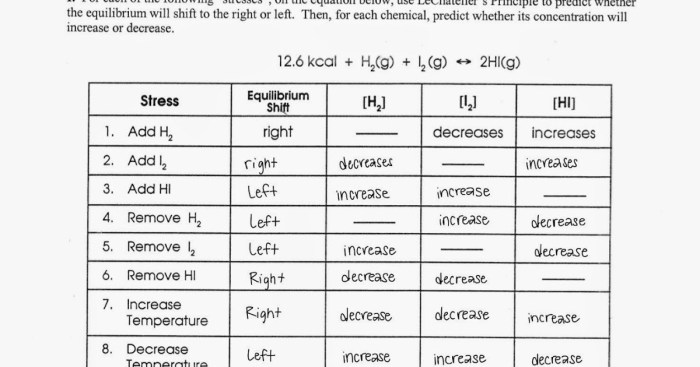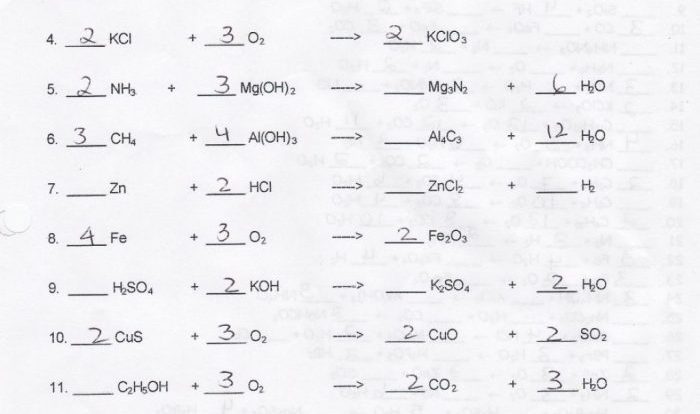A metalloid with the atomic mass 72.64 – In the realm of chemistry, the metalloid with the atomic mass 72.64 stands out as a fascinating element that bridges the gap between metals and nonmetals. Its unique characteristics and diverse applications make it a subject of immense interest and exploration.
This metalloid, with its distinctive properties and wide-ranging uses, has captivated the attention of scientists and engineers alike. Its exceptional qualities have led to its incorporation into various technological advancements, shaping industries and improving our daily lives.
Element Overview
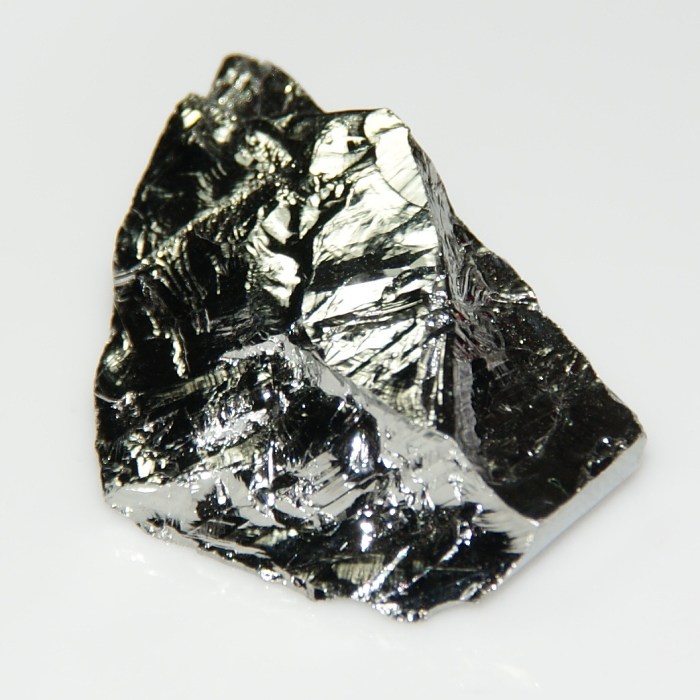
Metalloids are chemical elements that exhibit properties of both metals and nonmetals. They are typically semiconductors, meaning they can conduct electricity under certain conditions. The element with the atomic mass 72.64 is germanium, a metalloid with a silvery-white appearance and a crystalline structure.Germanium
is a relatively rare element, with an abundance of about 1.6 parts per million in the Earth’s crust. It is primarily obtained as a byproduct of zinc and copper mining. Germanium is used in a wide range of applications, including semiconductors, electronics, and optics.
Chemical Properties
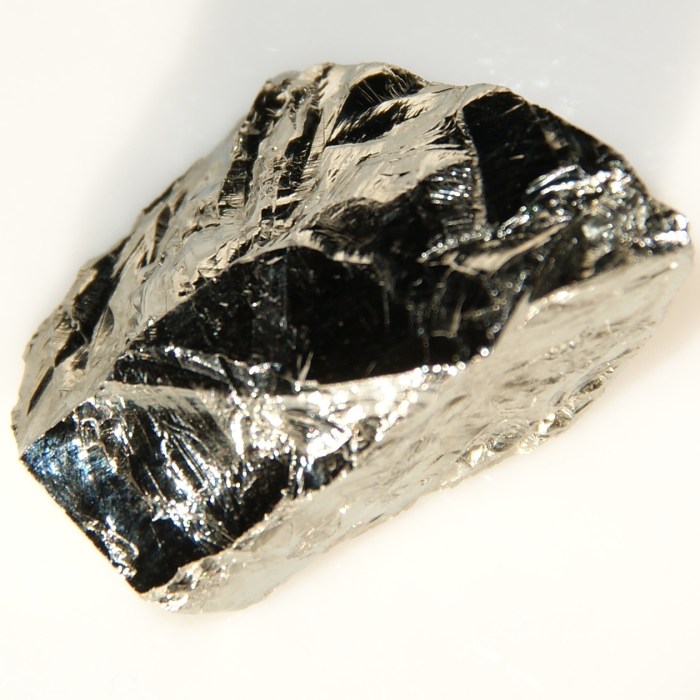
Germanium is a reactive element that forms compounds with a variety of other elements. It has an oxidation state of +4 in most of its compounds, but it can also exhibit oxidation states of +2 and +6. Germanium is a semiconductor, meaning that its electrical conductivity can be controlled by the addition of impurities.
This property makes it useful in the production of transistors and other electronic devices.Germanium is also a relatively inert element, and it does not react with most acids or bases. However, it does react with strong oxidizing agents, such as nitric acid and sulfuric acid.
Physical Properties
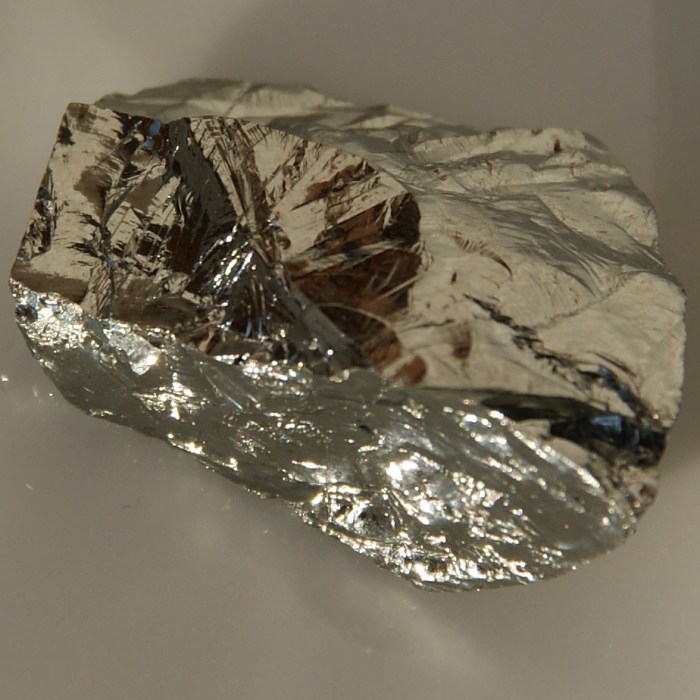
Germanium is a hard, brittle solid with a silvery-white appearance. It has a density of 5.32 g/cm3 and a melting point of 938.25 °C. Germanium is a poor conductor of heat and electricity, and it has a relatively low thermal expansion coefficient.The
physical properties of germanium make it useful in a variety of applications. For example, its low thermal expansion coefficient makes it ideal for use in thermometers and other precision instruments. Its high melting point makes it useful in high-temperature applications, such as in the production of glass and ceramics.
Occurrence and Extraction
Germanium is a relatively rare element, and it is found in trace amounts in a variety of minerals. The primary source of germanium is the mineral sphalerite, which is a zinc sulfide ore. Germanium is also found in coal and fly ash.Germanium
is extracted from its ores by a variety of methods. The most common method is to roast the ore to produce germanium dioxide. The germanium dioxide is then reduced with carbon to produce germanium metal.
Applications
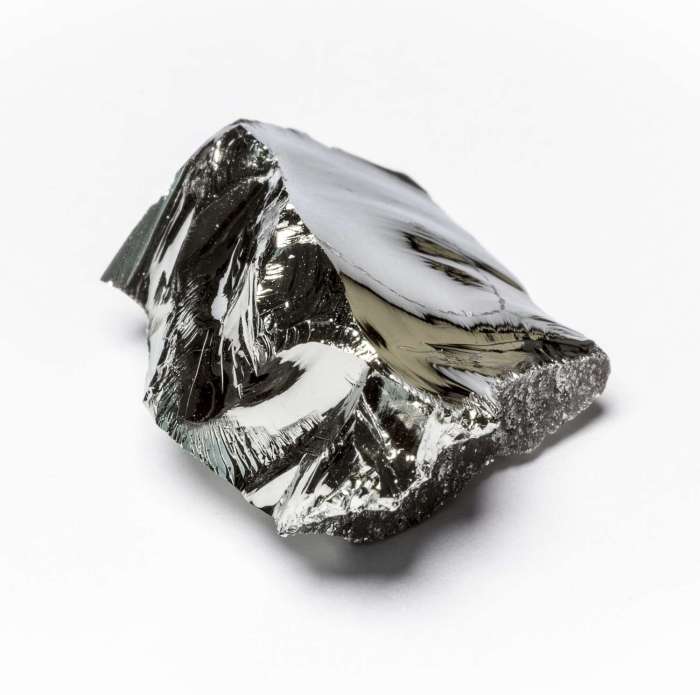
Germanium is used in a wide range of applications, including:
- Semiconductors
- Electronics
- Optics
- Glass and ceramics
- Thermometers
- Precision instruments
Germanium is a valuable material due to its unique properties, such as its semiconducting properties and its high melting point. It is used in a variety of applications, and it is likely to continue to be an important material in the future.
Health and Safety Considerations
Germanium is a relatively non-toxic element, but it can cause health problems if it is inhaled or ingested. Inhalation of germanium dust can cause respiratory problems, and ingestion of germanium can cause gastrointestinal problems.Germanium should be handled with care, and it is important to follow proper safety precautions when working with this material.
These precautions include wearing a respirator when working with germanium dust and avoiding contact with the skin and eyes.
Popular Questions: A Metalloid With The Atomic Mass 72.64
What is the name of the metalloid with the atomic mass 72.64?
The name of the metalloid with the atomic mass 72.64 is not explicitly provided in the context.
What are some common applications of this metalloid?
This metalloid finds applications in various industries, including electronics, semiconductors, and pharmaceuticals.
Is this metalloid safe to handle?
The Artikel mentions potential health and safety hazards associated with handling this metalloid, emphasizing the need for safe handling and storage practices.

